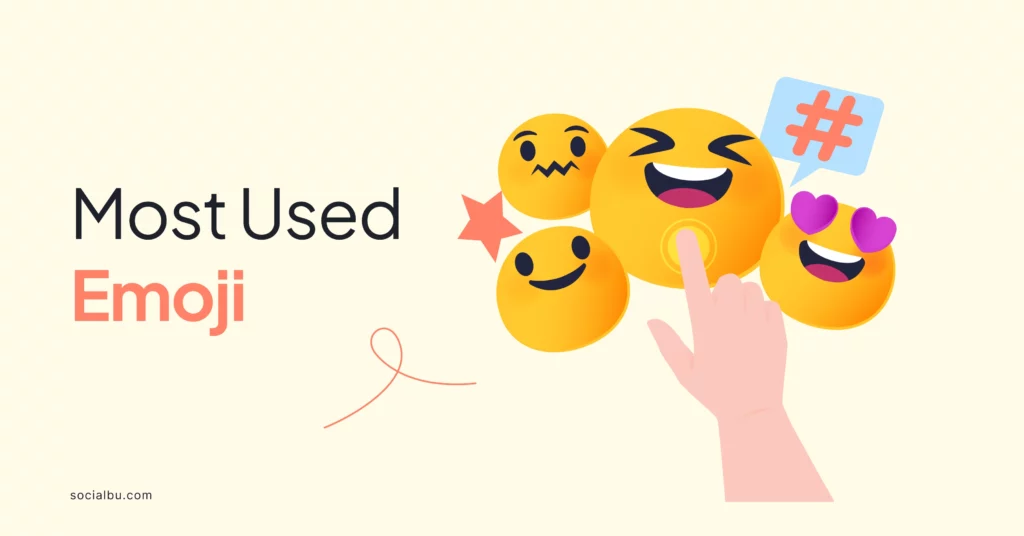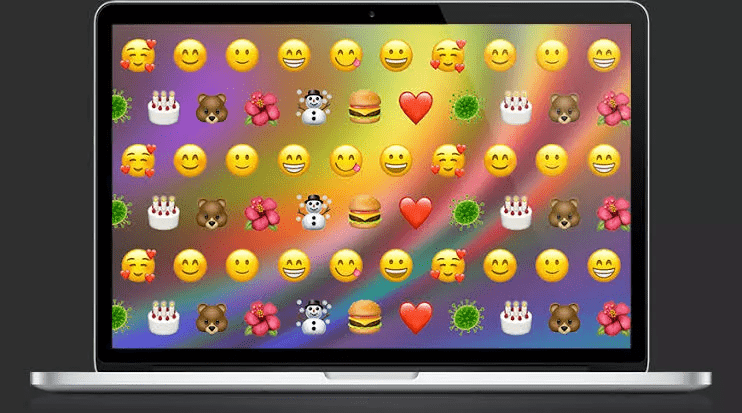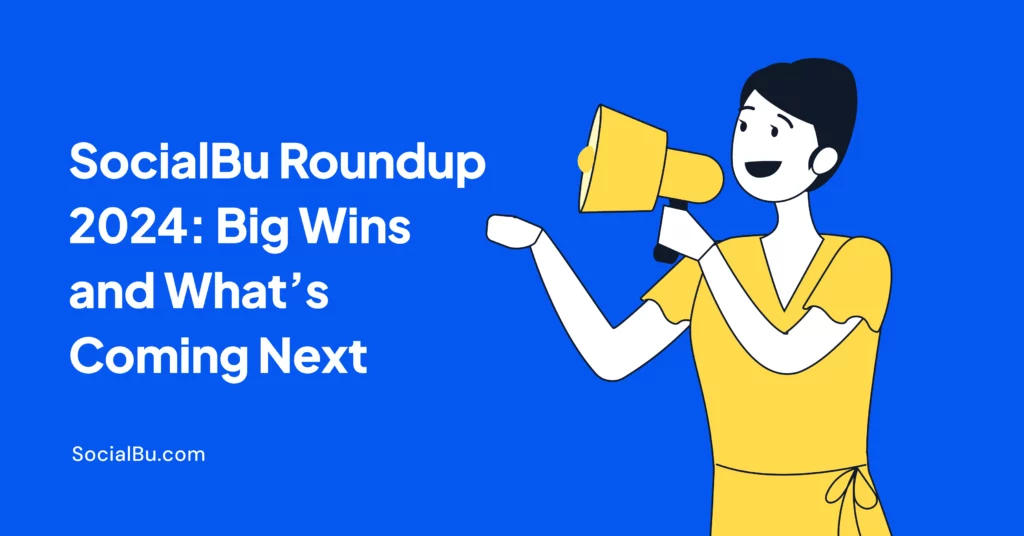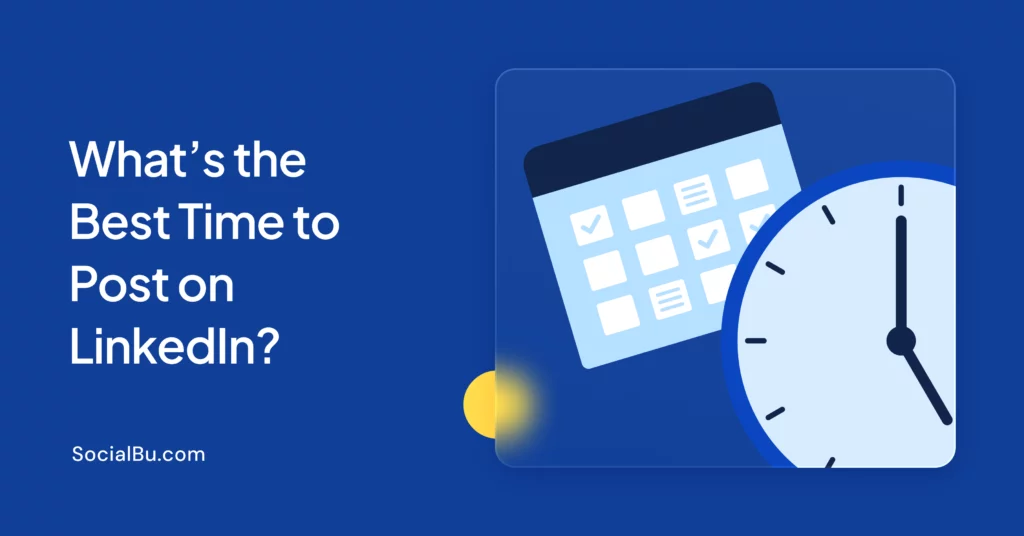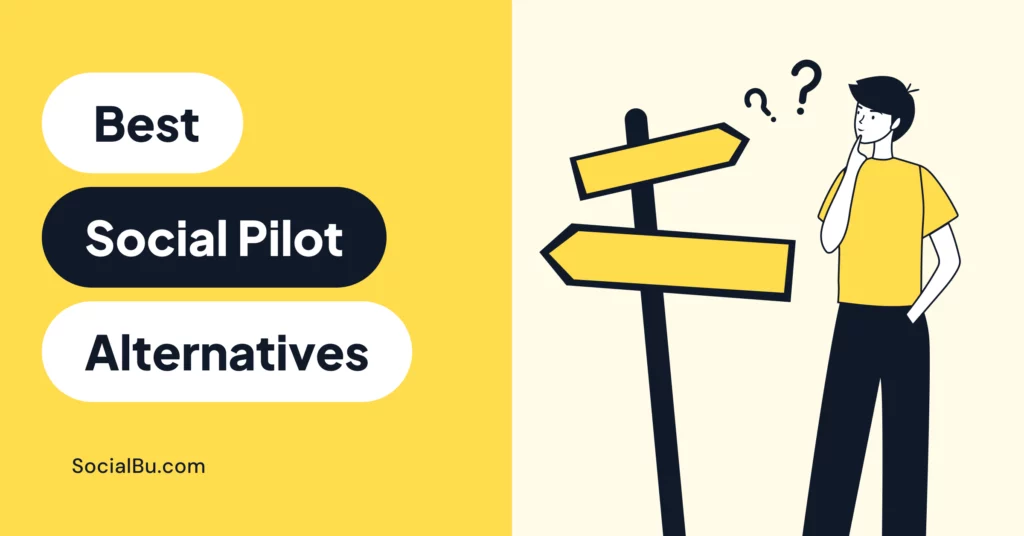Emojis have become an integral part of our online communication, adding tone and personality to our digital conversations. With millions of users on various social media platforms, have you ever wondered which emoji reigns supreme? In this blog post, we’ll dive into the most used emoji on WhatsApp, Instagram, TikTok, and Twitter, exploring their popularity and usage.
The Rise of Emojis in Digital Communication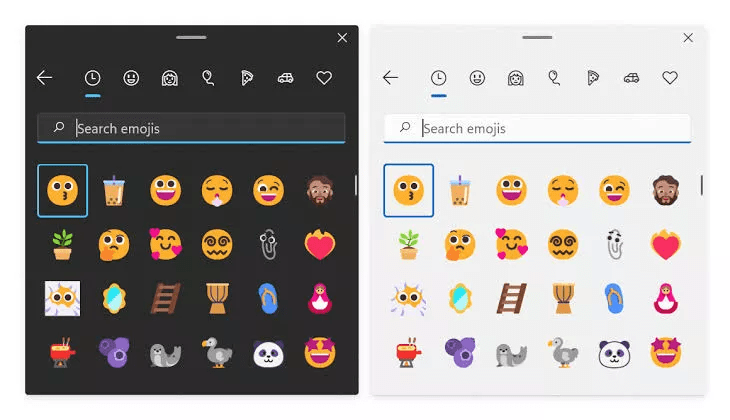
Originating in Japan in the late 1990s, emojis were a set of 176 simple pictograms designed to add emotional context to text messages. Fast forward to today, and we have a vast library of over 3,600 emojis, representing everything from facial expressions to food, animals, activities, and even abstract concepts.
The adoption of emojis has been nothing short of revolutionary. They’ve become an integral part of our online communication, helping to bridge the gap between written text and face-to-face interactions. Emojis add tone, context, and emotional nuance that can be challenging to convey through words alone. This is particularly important in an era where misinterpretation of text messages can lead to misunderstandings or conflicts.
Decoding Emoji Popularity
We’ve relied on official platform reports, third-party studies, and data analysis tools to determine the most used emoji across different platforms. It’s important to note that emoji usage can be dynamic and influenced by current events, cultural shifts, and even platform-specific trends.
We’ve considered factors such as frequency of use, context of usage, and cultural significance in different regions. It’s also worth mentioning that while we focus on individual platforms, there’s often overlap in user bases, which can influence emoji trends across multiple platforms.
Most used emoji on WhatsApp, Instagram, TikTok, and Twitter
Let’s look at some of the most used emojis on the most popular social media platforms.
WhatsApp’s Laughter Emoji 😂 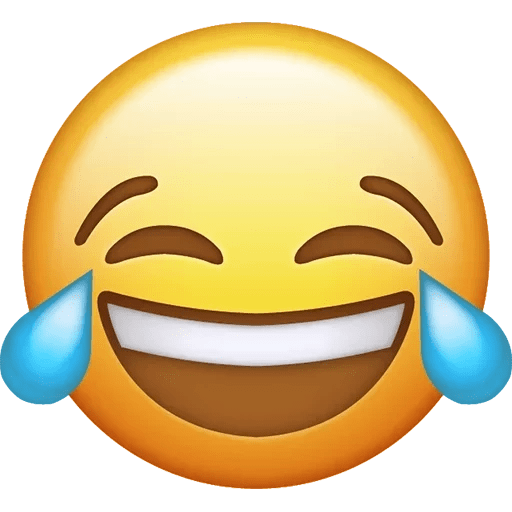
On WhatsApp, the world’s most popular messaging app with over 2 billion users, the crown for the most used emoji goes to the Face with Tears of Joy emoji. This finding isn’t entirely surprising given WhatsApp’s nature as a platform for casual, often intimate conversations between friends and family.
The 😂 emoji’s popularity on WhatsApp speaks volumes about how we use the platform. It’s the go-to reaction for sharing funny anecdotes, responding to humorous memes, or even softening potentially awkward messages. Its widespread use suggests that most WhatsApp interactions are light-hearted and joyful.
Interestingly, the popularity of this emoji has remained consistent over the years despite the introduction of new emojis and changing communication trends. This resilience underscores our enduring need to express joy and laughter daily, especially in private messaging.
Instagram’s Heart Expression Emoji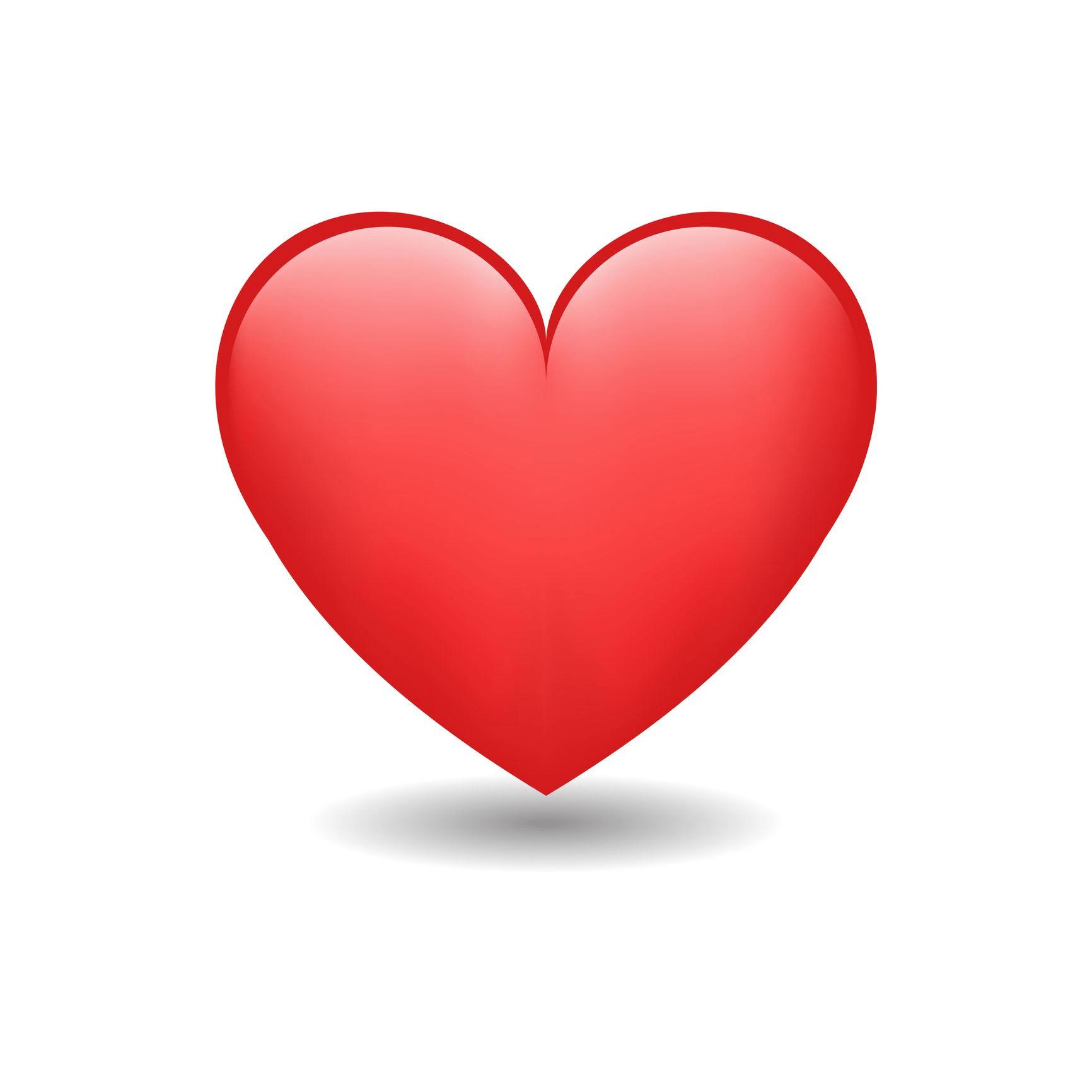
One of the top strategies for growing on Instagram, the photo and video-sharing behemoth, is using emojis; we find that the ❤️red Heart emoji claims the top spot. This finding perfectly aligns with Instagram’s core visual appreciation and positive engagement ethos.
The dominance of the ❤️ emoji on Instagram can be attributed to several factors. Firstly, Instagram’s interface features the heart icon for liking posts, which may have influenced user behavior in comments and direct messages. Secondly, the platform’s focus on aesthetically pleasing imagery naturally evokes feelings of admiration and affection, which users often express through the heart emoji.
Moreover, the ❤️ emoji’s versatility contributes to its widespread use. It can convey many positive emotions, from simple appreciation to deep affection, making it suitable for interactions with close friends and casual acquaintances.
TikTok, Where Trends Catch Fire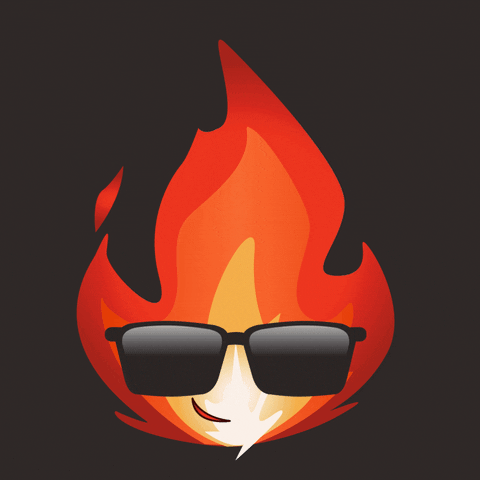
TikTok, the relative newcomer that has taken the social media world by storm, sees the 🔥 Fire emoji blazing ahead as its most used emoji. This choice perfectly encapsulates the platform’s dynamic, trend-driven nature.
The popularity of the 🔥 emoji on TikTok is a testament to the platform’s content style. TikTok is known for its viral challenges, trending dances, and cutting-edge content that spreads rapidly across the platform. The fire emoji has become shorthand for content that’s trending, impressive, or simply too good to ignore.
Users often employ the 🔥 emoji in video descriptions to signal that their content is part of a hot trend. In comments, it’s used to show appreciation for particularly impressive or entertaining videos. The emoji has even been incorporated into various TikTok challenges, further cementing its status as a cultural icon within the platform.
Twitter, Expressive in 280 Characters
On Twitter, where brevity is essential, and conversations can range from breaking news to viral memes, the 😭 Loudly Crying Face emoji often leads the pack. This might seem surprising initially, but it’s a testament to the emoji’s versatility in the Twitter-sphere.
The 😭 emoji’s popularity on Twitter’s algorithm can be attributed to its dual nature. In one context, it can express genuine sadness or empathy, often used in response to touching stories or tragic news. In another, perhaps more common on Twitter, it’s used to convey extreme laughter or being overcome with emotion, similar to the phrase “I’m crying!”
This duality makes the 😭 emoji particularly suited to Twitter’s diverse content. It can react appropriately to a heartwarming story and a hilarious meme, making it a go-to choice for users navigating the platform’s varied emotional landscape.
The emoji’s popularity also reflects Twitter’s role as a platform for real-time reactions to current events. Whether it’s a shocking plot twist in a popular TV show or a surprising political development, the 😭 emoji allows users to quickly express their emotional response within the platform’s character limit.
Cross-Platform Emoji Trends
While each platform has its frontrunner, it’s interesting to note the overlap in popular emojis across all four platforms. The 😂, ❤️, and 👍 emojis consistently rank high across the board, indicating that despite each platform’s unique culture, certain core emotions are universally expressed in digital communication.
This overlap suggests that while platform-specific features and user demographics can influence emoji usage, some fundamental human emotions and reactions transcend platform boundaries. Love, laughter, and approval remain central to our online interactions, regardless of the social media environment.
The Psychology Behind Emoji Preferences
The popularity of certain emojis across platforms offers fascinating insights into human psychology and digital behavior. The most-used emojis all share a common thread – they convey solid and positive emotions. This trend suggests that social media users prefer to express and engage with positive content online.
The prevalence of emojis like 😂 and ❤️ indicates our desire for connection and positive reinforcement in our digital interactions. These emojis allow us to quickly and efficiently express complex emotions, fostering a sense of closeness even in distant, text-based communications.
Moreover, the popularity of reactive emojis like 🔥 and 😭 on platforms like TikTok and Twitter points to our increasing tendency to communicate through shared cultural references and memes. These emojis have taken on meanings beyond their literal representations, becoming part of a rich, nuanced online language.
SocialBu: Your Social Media Ally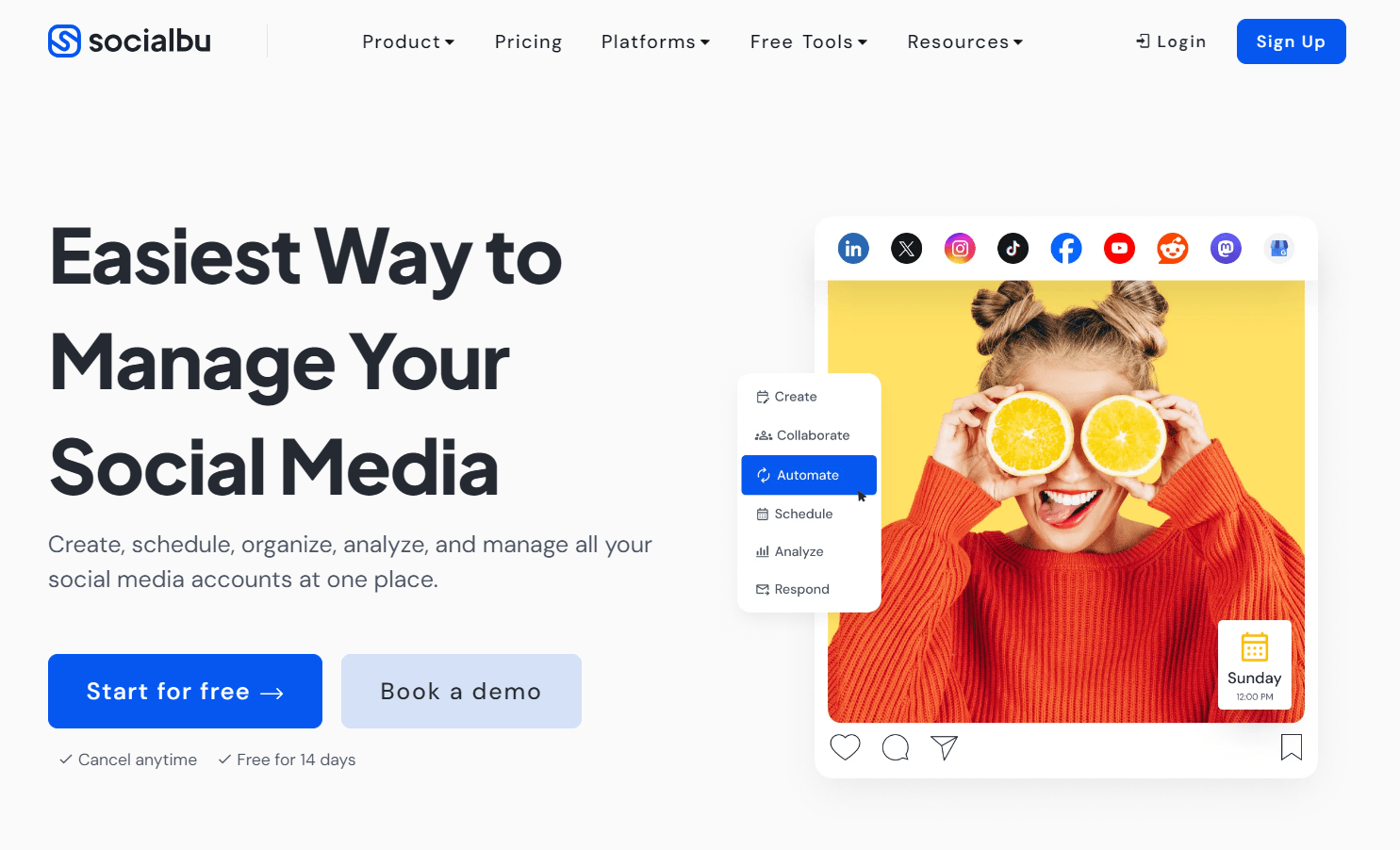
Managing and optimizing emoji usage across multiple platforms can be time-consuming. This is where a social media management tool like SocialBu comes in handy. With SocialBu, you can:
- Schedule posts with optimal emojis: Plan your content and select the most relevant emojis for each platform.
- Analyze emoji performance: Track which emojis generate the most engagement to refine your emoji strategy.
- Manage multiple platforms: Ensure consistent emoji usage across all your social media channels.
By leveraging SocialBu, you can streamline your emoji marketing efforts and maximize the impact of these tiny but powerful symbols.
Wrap-up
In conclusion, while each social media platform has its most used emoji, reflecting its unique culture and user behavior, emojis have become a universal language in our digital world. From WhatsApp’s laughter to Instagram’s love, TikTok’s fire, and Twitter’s expressive crying, these tiny icons add emotional context and nuance to our online interactions.
The most used emojis across platforms reveal trends in digital communication and insights into human psychology and social behavior. They show our desire for connection, our need to express emotions succinctly, and our tendency to rally around shared cultural symbols.
Understanding these emoji trends can help individuals craft more engaging, platform-appropriate content. This knowledge is invaluable for brands in creating authentic, relatable communication strategies that resonate with their audience on each platform.
FAQs
What is the most used emoji on WhatsApp?
The most used emoji on WhatsApp is the red heart.
What is the most used emoji on Instagram?
The most used emoji on Instagram is the smiling face with heart eyes ![]() .
.
What is the most used emoji on TikTok?
The most used emoji on TikTok is the laughing face with tears of joy ![]() .
.
What is the most used emoji on Twitter?
The most used emoji on Twitter is the blue heart ![]() .
.
Why do certain emojis appear across multiple platforms?
Certain emojis, like ![]() ,
, ![]() , and
, and ![]() , appear across multiple platforms because they represent fundamental human emotions and reactions that transcend platform boundaries.
, appear across multiple platforms because they represent fundamental human emotions and reactions that transcend platform boundaries.
How can I use SocialBu to schedule content with emojis?
With SocialBu, you can schedule posts and stories on WhatsApp, Instagram, TikTok, and Twitter from one dashboard. You can incorporate popular emojis into your content to increase engagement and reach a wider audience.
What are the benefits of using emojis in social media content?
Using emojis in social media content can increase engagement, create a consistent brand voice and tone, and save time and effort by scheduling content in advance with SocialBu.
